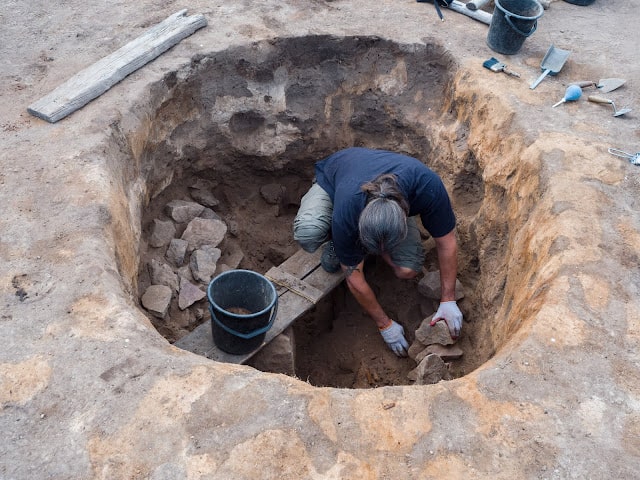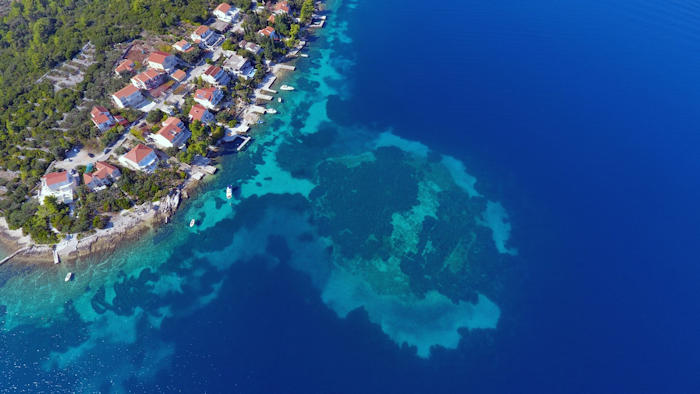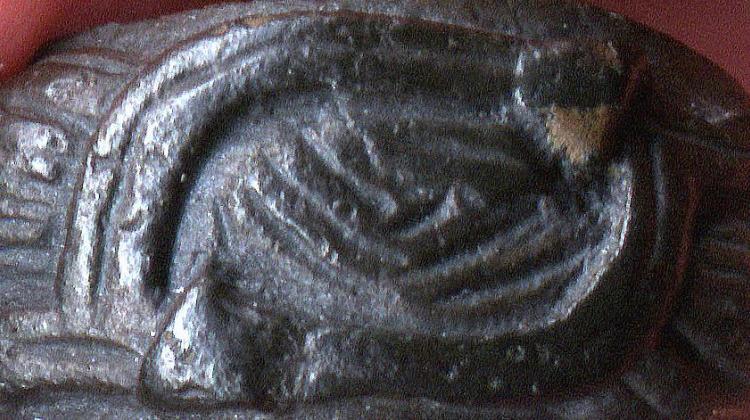3.6-Million-Year-Old Footprints Imply That an Ancient Hominin Was a Tall, Dominant, and Polygamous Male
Footprints belonging to a group of early hominins who lived 3.6 million years ago were recently uncovered in Tanzania. The footprints indicate Australopithecus afarensis probably had a gorilla-like social behavior with an aggressive alpha male who had sex with many different females.
These early conclusions have been based on the footprints of five of our ancient relatives – four females and a male – that appeared to be walking across wet volcanic ash.
The researchers who discovered these marks have also been able to identify the lead male’s towering height and weight. The thirteen footprints were discovered in Laetoli, Tanzania, by an international team of researchers, led by Sapienza University in Rome.

Polygamy Throughout History
The recorded history of polygamy takes us back thousands years and shows that it has been practiced by cultures in every corner of the planet.
The Hebrew people were some of the first to accept the practice, and there’s strong evidence that implies the same was happening in classical China too.
Polygamy can also be found sporadically in Native American tribes, in the West African continent, Polynesia, India, and ancient Greece.
Generally, polygamy was widely accepted throughout the world until the Byzantine Empire – where strict rules were imposed for the first time declaring a man could have just one wife.

It’s interesting to mention that the Hebrew Bible permitted polygamy for a man to have more than one wife; but if a woman had more than one husband, that was seen as a sin.
In North America, polygamy became significant relatively recently, when in 1852 The Church of Jesus Christ of Latter-day Saints (LDS Church) made it known that a form of the practice, called plural marriage, was part of its doctrine.
Opposition to the practice by the United States government resulted in an intense legal conflict, and culminated in LDS Church president Wilford Woodruff announcing the church’s official abandonment of the practice on September 25, 1890.
However, breakaway Mormon fundamentalist groups living mostly in the western United States, Canada, and Mexico still (illegally) practice plural marriage.

Polygamy Might Be Over 3 Million Years Old
The newly discovered footprints in Tanzania, however, imply that polygamy has been practiced for millions of years. Professor Giorgio Manzi, a lead author of the study, told Daily Mail : “This novel evidence, taken as a whole with the previous findings, portrays several early hominins moving as a group through the landscape following a volcanic eruption and subsequent rainfall.”
But, this is not the only thing discovered about those individuals; the researchers calculated from the footprints that the male stood about 5-foot-5 (1m 65cm) and weighed around 100 pounds (45 kg).
They also speculate that the male, who they named S1, loomed at least 8 inches (20 cm) over the individuals who made the other tracks (all females), and stood about 3 inches (7 cm) taller than another large A. afarensis specimen previously found in Ethiopia.

But all this is just speculation for now, and Philip Reno, an assistant anthropology professor at Penn State who didn’t take part in the new study, told ABC News that he’s not convinced that S1 was really taller than the other large Ethiopian A. afarensis.
Some members of the scientific community also hesitate to believe that the newly found evidence is enough to conclude that A. afarensis were truly polygynous, and they assert that many years of further research may be the only way to ascertain the real facts behind these finds.




































